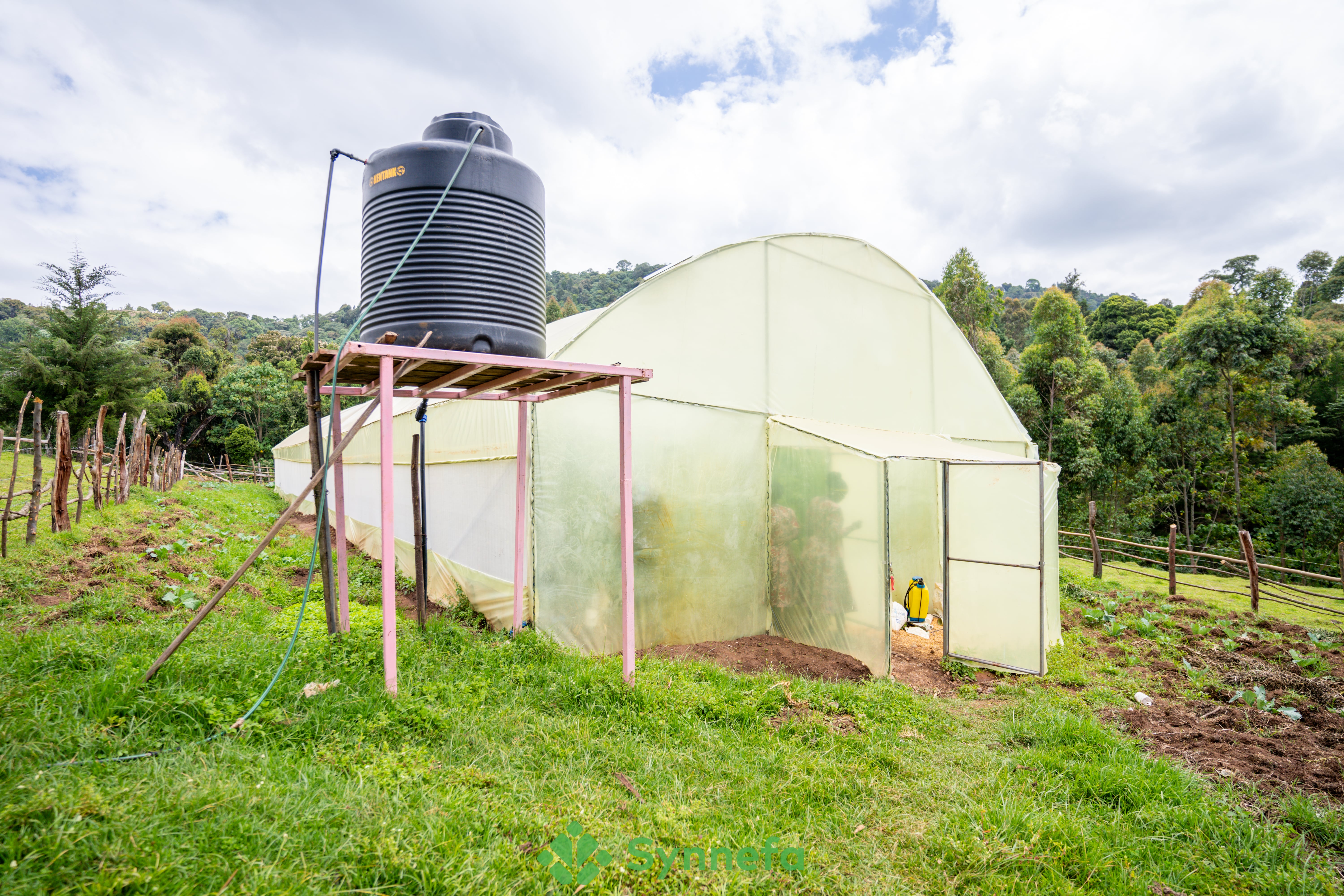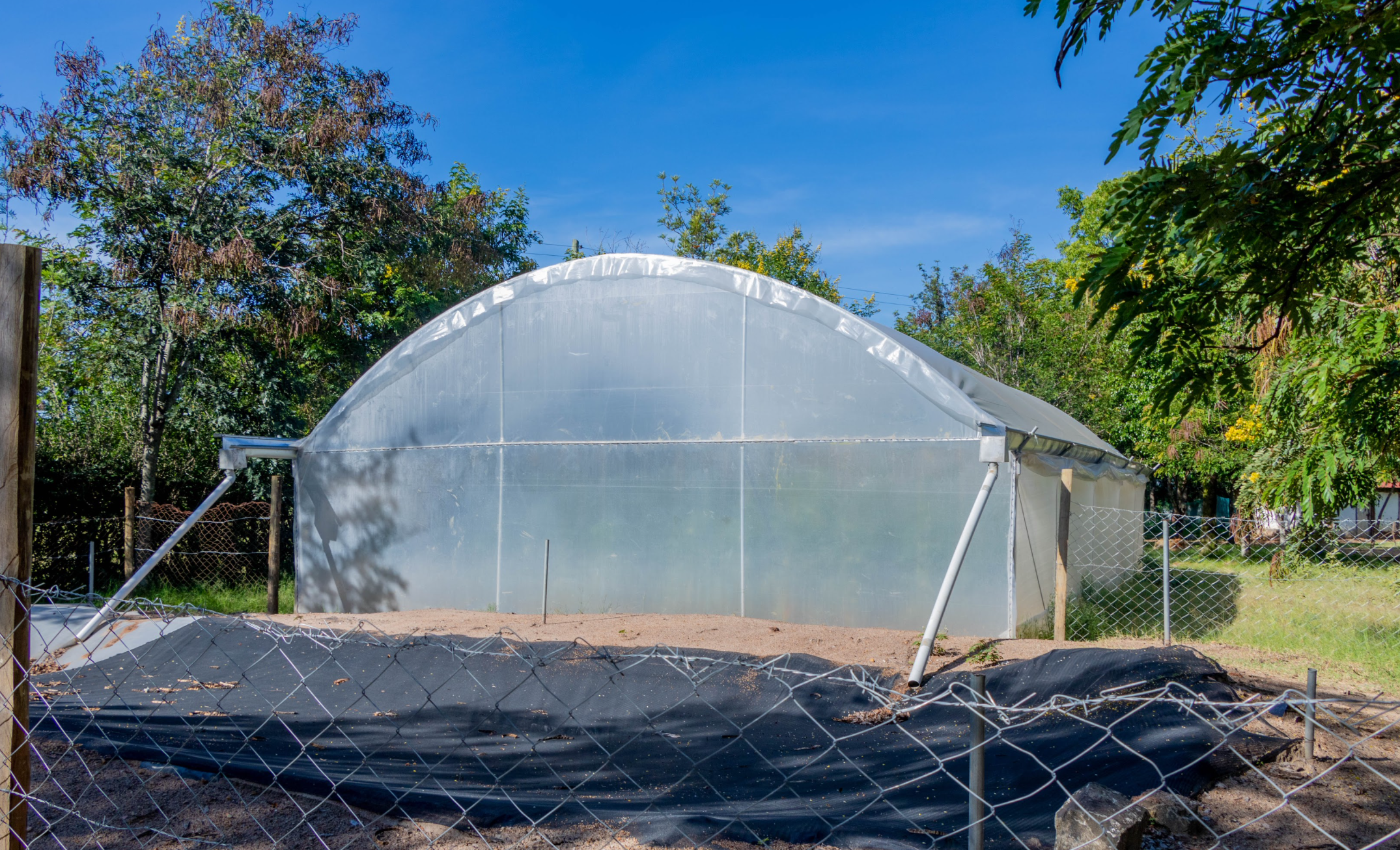Why Greenhouse Farming is the Best Choice for Rainy Season

The rainy season has posed challenges to farmers that have significantly impacted crop growth and yields. Excessive rainfall, fluctuating temperatures and increased humidity levels have all wreaked havoc on traditional outdoor farming methods. Amidst these challenges, greenhouses emerge as a beacon of hope for farmers seeking to maintain consistent yields and quality produce. This is why you should consider a smart greenhouse farming option from Synnefa.
1. Controlled Environment
One of the primary advantages of greenhouses is the ability to control the growing environment. Unlike open-field farming, greenhouses provide a controlled microclimate where variables such as temperature, humidity, and light can be carefully regulated.
During the rainy season, this control becomes invaluable. With greenhouse farming, farmers can mitigate the adverse effects of excessive rainfall and ensure optimal growing conditions for their crops.
2. Protection from Extreme Weather
The rainy season often brings with it intense storms and strong winds. This poses a significant threat to outdoor crops. Greenhouses offer a protective shield against these elements, safeguarding delicate plants from damage caused by heavy rain, hail, or strong gusts of wind.
Greenhouse farmers are also confident of the structural integrity of greenhouses offer. This helps prevent soil erosion, ensuring that crops remain firmly rooted and undisturbed during inclement weather.
3. Extended Growing Season
In regions where the rainy season is synonymous with shorter daylight hours and reduced sunlight intensity, greenhouses provide a solution by extending the growing season. Through the use of supplemental lighting and heating systems, greenhouses create an environment conducive to year-round cultivation. This extended growing season not only maximizes productivity but also allows farmers to diversify their crops and meet market demands even during the rainy months.
4. Disease and Pest Management
The rainy season often creates favorable conditions for the proliferation of plant diseases and pests, posing a significant threat to crop health and yield. However, greenhouses act as a barrier against many common pests and pathogens, reducing the risk of infestation and disease transmission.
The controlled environment of greenhouses enables farmers to implement integrated pest management strategies effectively. Farmers can easily utilize biological controls and organic remedies to mitigate pest pressure without resorting to chemical interventions.
5. Water Management
While excessive rainfall can lead to waterlogging and nutrient leaching in outdoor fields, greenhouses offer precise water management solutions.
Drip irrigation systems and soil moisture sensors in greenhouse farming help farmers optimize water usage and prevent waterlogged conditions that are detrimental to plant growth.
Harvested water in tanks can also be employed to capture and store rainwater for irrigation purposes. This in turn reduces reliance on external water sources and promoting sustainability.
Wrap Up!
I hope you have found reasons to invest in a greenhouse for your farming practices. Greenhouses offer a controlled environment, protect crops from weather, extend the growing season, manage pests naturally and optimize water usage. They also provide a sustainable solution for farmers facing challenges during all seasons.


